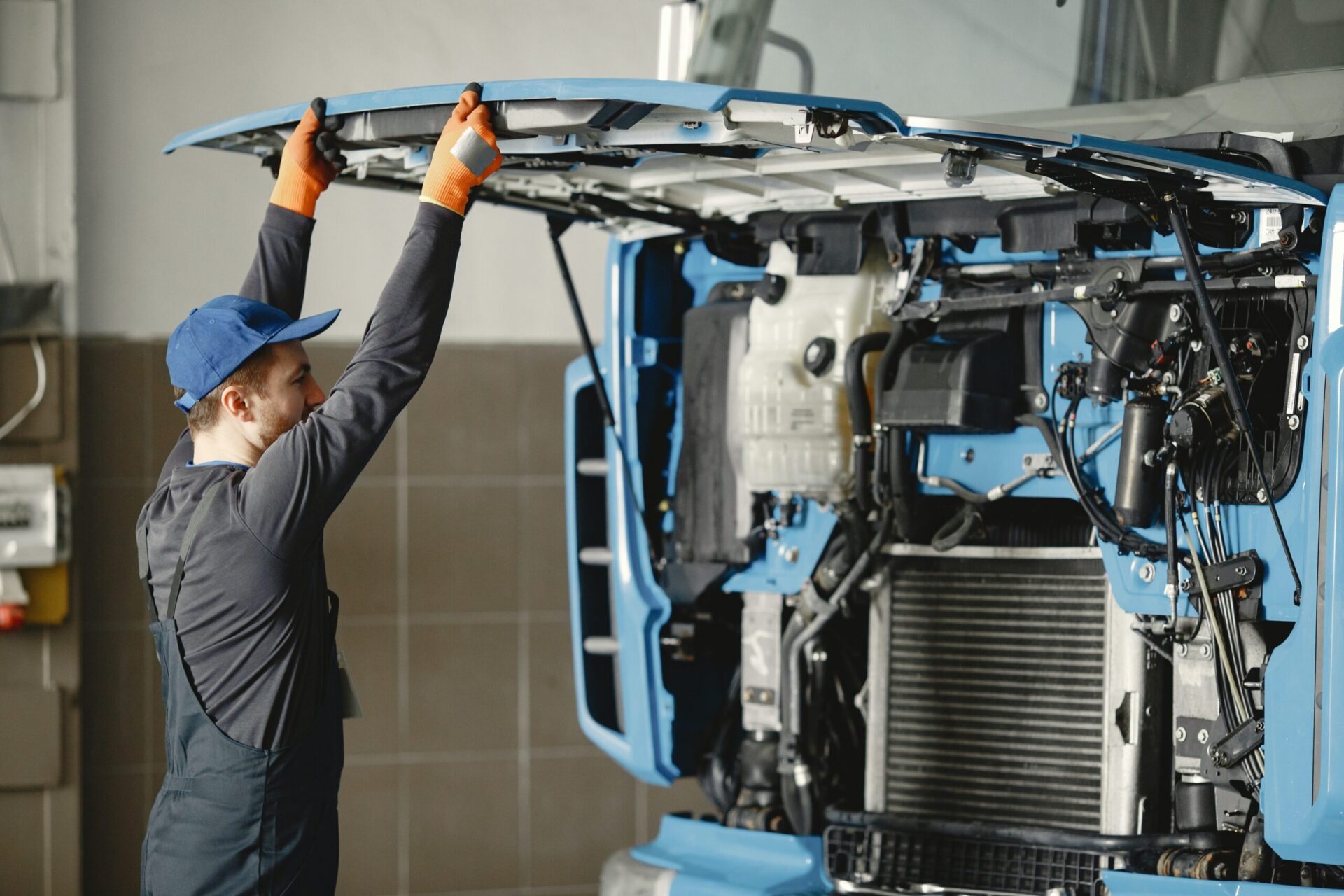
Becoming a new owner of a trucking company can mean dealing with a lot of lengthy processes and paperwork. One of the things you will go through is the New Entrant Safety Audit. There are a couple of steps that you go through with this audit, so today, we’re here to walk you through them so you can set your business up successfully.
Before getting into the steps, it’s important to get a full understanding of the New Entrant Safety Audit. This is a requirement of the Federal Motor Carrier Safety Administration (FMCSA), set in place to make sure that trucking companies are following all the required safety standards. This audit occurs within your company’s first 12 months of operation. When the FMCSA has chosen to begin this process for your business, the DOT will provide you with important information about your audit, such as:
- Whether your audit is online, or in person
- The name of your official auditor, and
- What you are being audited on: alcohol and drug violations, driver violations, and/or repairs and inspections violations
Once this information is presented to you, it is crucial to prepare and submit the required paperwork to the DOT for your auditor’s review. After they have received and reviewed your paperwork, they will contact you with feedback. Under the circumstance that you were either not able to submit the correct paperwork or received negative feedback, there is a chance that you might be put out of service.
But, there’s no need to stress or worry, as this situation is easily avoidable if you follow the correct procedures to be prepared for your new entrant audit.
- Be organized– The easiest way to be prepared for your new entrant audit is to stay prepared by keeping all your paperwork organized. Because you could be contacted for an audit at any moment, this is how you can ensure that you will always be ready for a successful audit.
- Follow drug and alcohol requirements– Because of the possibility of being audited on drug and alcohol violations, it is crucial to make sure that you and your drivers are compliant at all times. To keep your business compliant, you must ensure that drivers are complying with testing and the requirements needed to operate. This is not only for the sake of your business, but also for everyone’s safety.
- Avoid driver and operation violations– Making sure your new business is compliant with safety standards is essential for passing your new entrant safety audit. In terms of general operations, it is important to ensure your fleet is protected by insurance. In addition, to make sure that drivers follow hours-of-service (HOS) requirements, you can utilize an ELD system to track their hours. Finally, it is crucial that your drivers hold active CDL permits, as well as only allowing them to operate if they meet the medical qualifications for operation.
- Follow repair and inspection regulations– To pass the repair and/or inspection portions of the new entrant safety audit, you should completely avoid using out-of-service vehicles by making necessary repairs as soon as they are identified and maintain regular maintenance on your fleet. This is another portion of the audit that you can easily pass, if you simply plan ahead and stay organized.
Though safety audits are not the most enjoyable process, you can make it easy and seamless by following our simple guide and creating a good structure within your fleet that will allow you to stay organized and ready for when the time comes for evaluation.